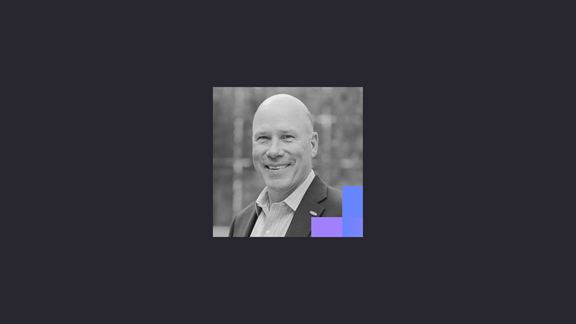When it comes to igniting organization-wide change, there’s no role under a brighter spotlight than the CIO. As enterprises face both the exponential upside and daunting operational realities of digital transformation, CIOs find themselves at the forefront of it all. They envisioned a clear path to the Cloud, and now must galvanize their business around the value still to be unlocked. We’re shining our spotlight on the leaders that aren’t just talking about change, but are actually making it happen: The CIO Catalysts.
That’s what the Kin + Carta CIO Catalysts series is all about — asking demanding questions and discovering what motivates and inspires the boldest IT executives.
Our guest for this installment is Brad Hildestad, Senior Vice President and CIO at COUNTRY Financial, a U.S. based financial services company offering a wide range of insurance and financial products and services. Brad joined COUNTRY in 2015, bringing deep expertise and experience in IT infrastructure management and support. In his current role, he is responsible for providing overall strategic direction for the company’s technology and information functions. This includes incorporating emerging technologies that support corporate strategies with an emphasis on mobility, security and improved client experience.
During an in-person interview, Brad shared his insights across a broad range of topics including digital trends and strategy, technology modernization, organizational alignment and IT security.
